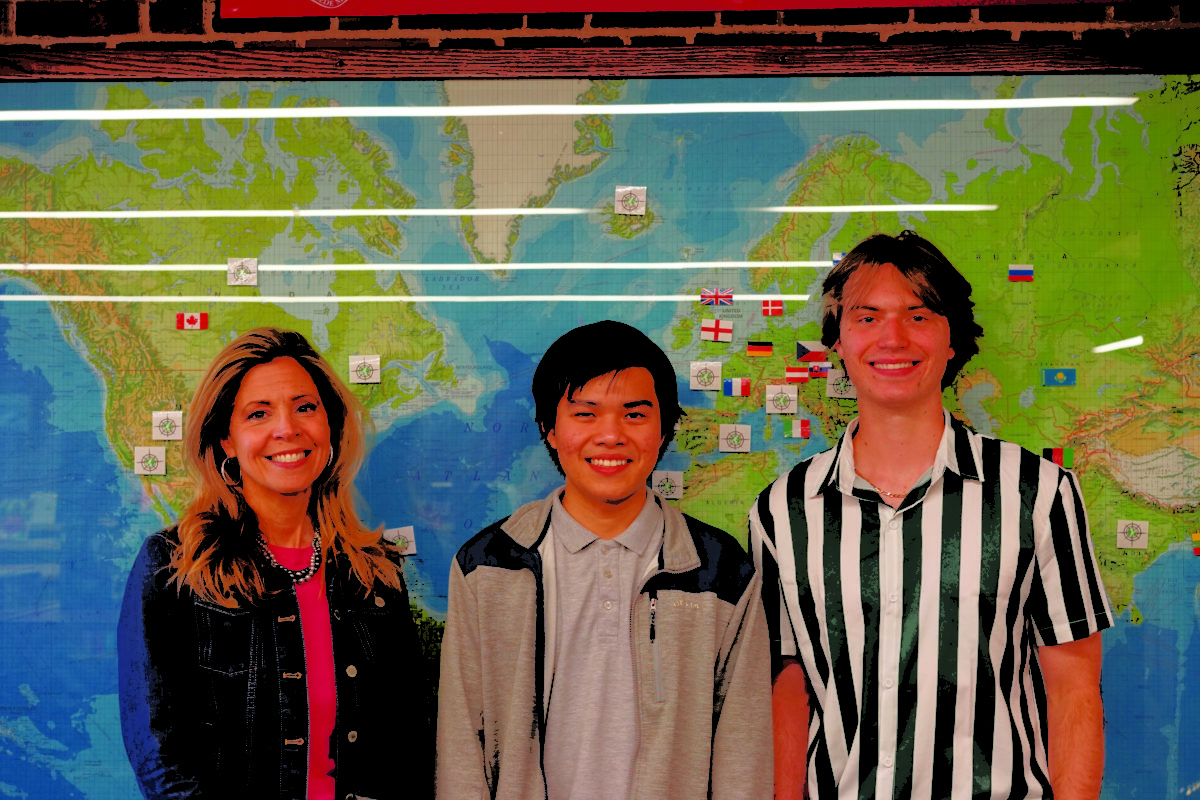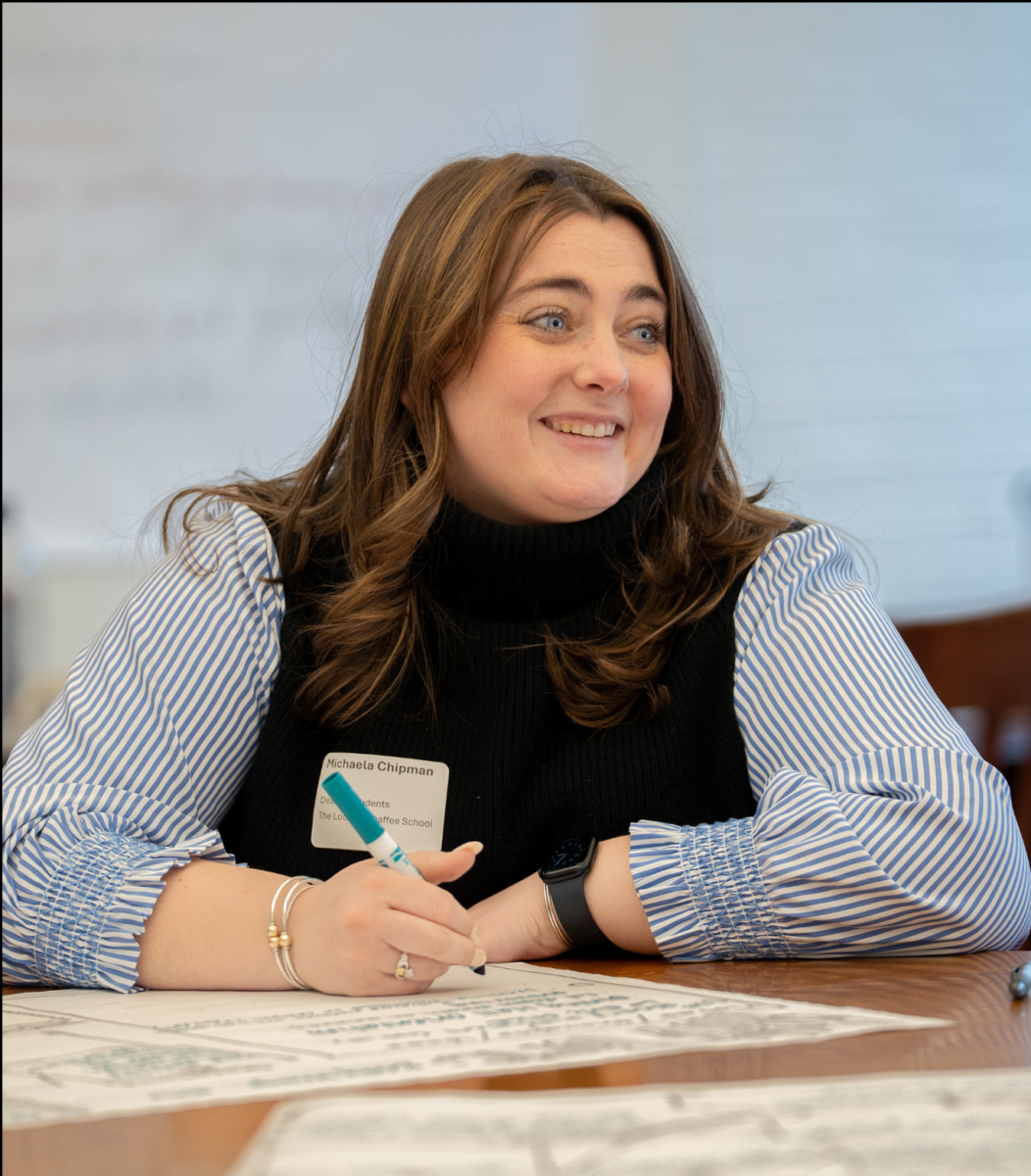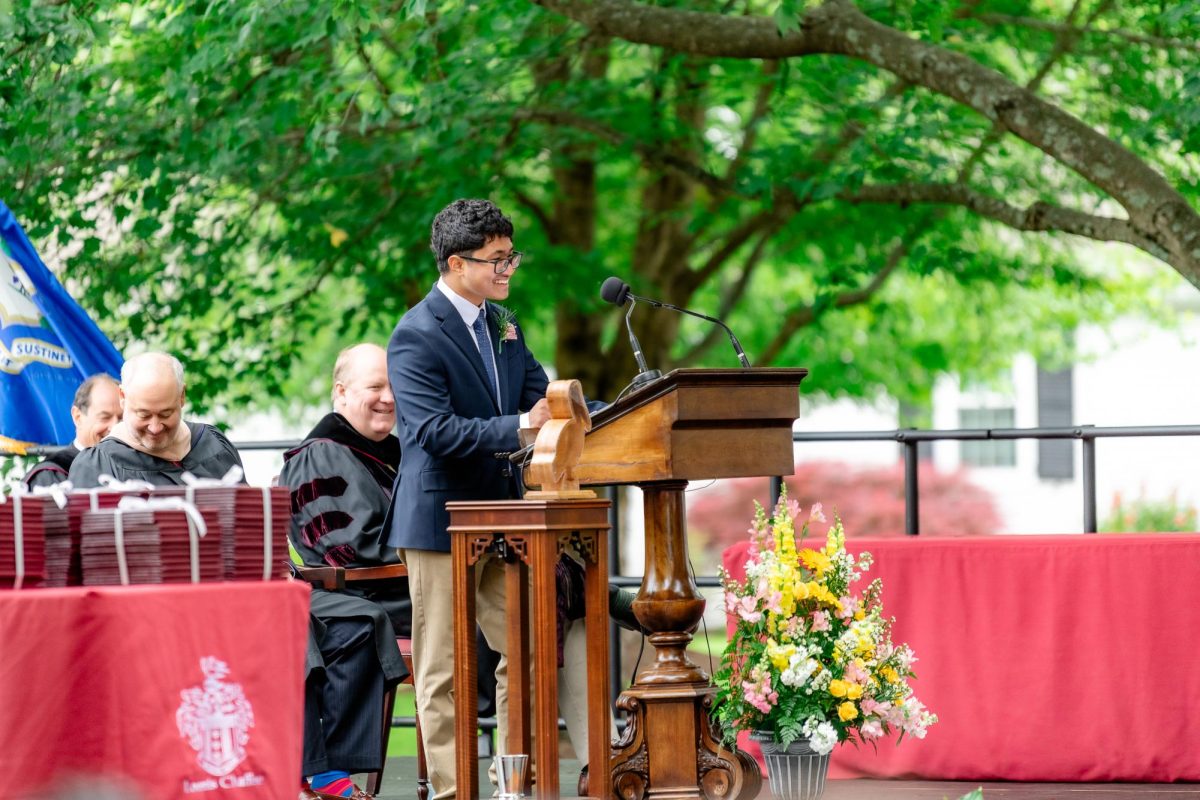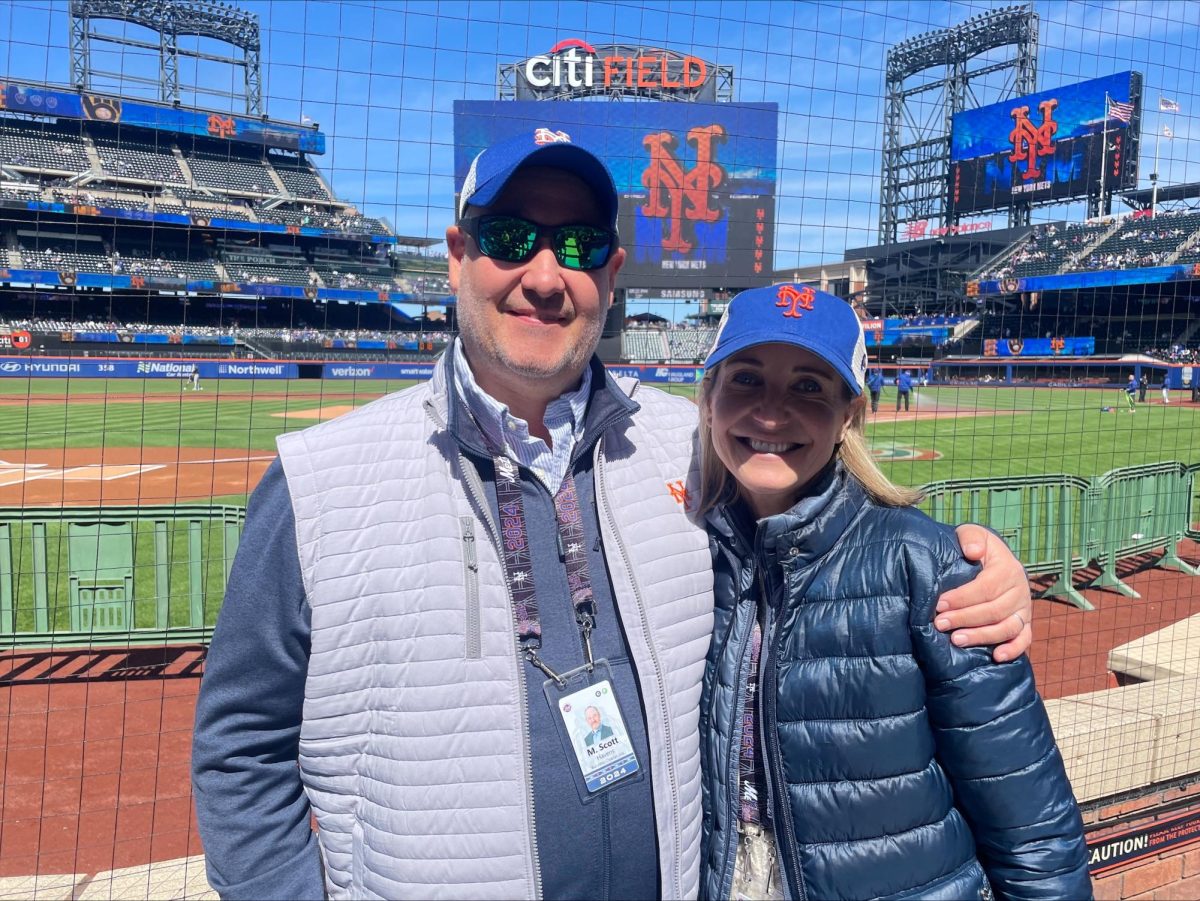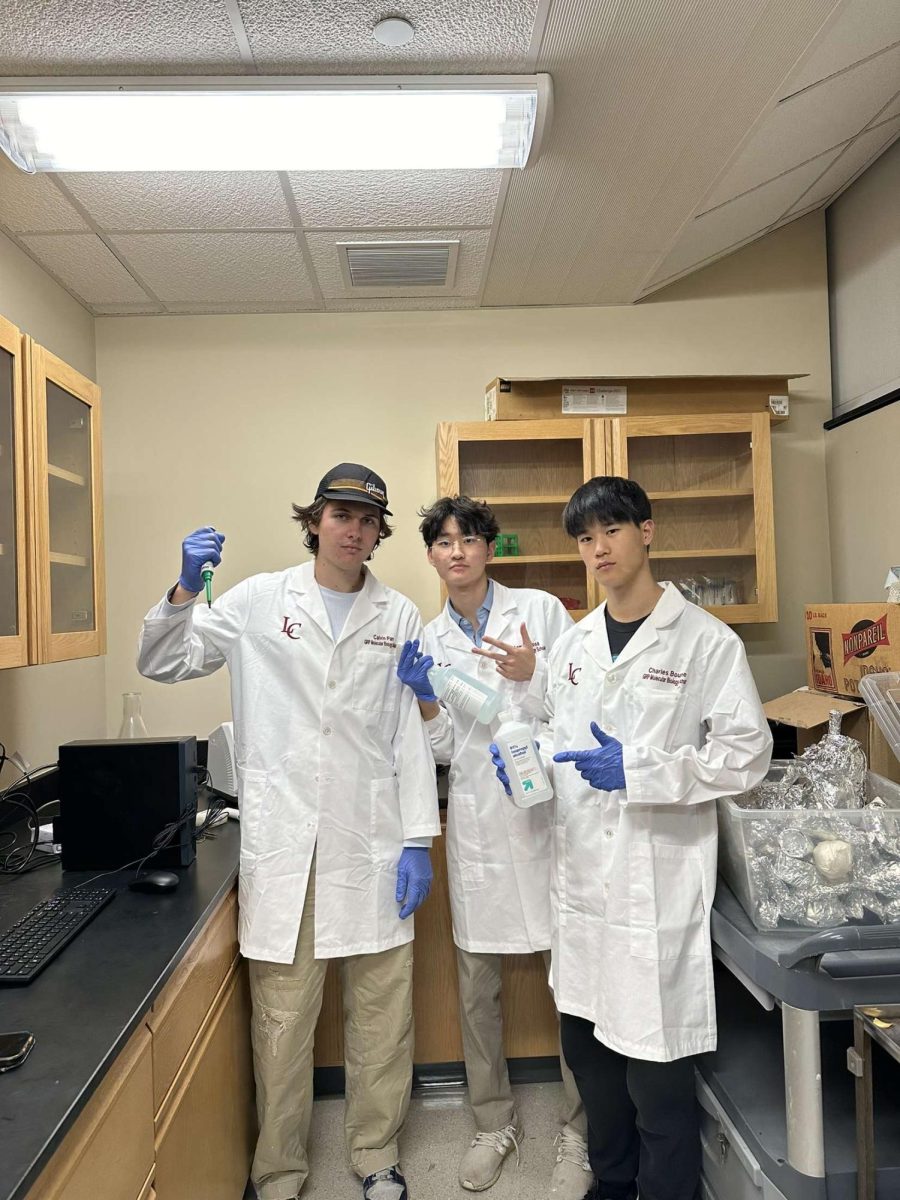As the tulips bloom and the Loomis Chaffee campus comes alive in a spring hustle, the College Level United States History classes start their annual research paper projects. This year, students are working to write a 6-8 page paper on any topic related to the US that they are curious about. Compared to years before, however, students this year are also writing a prospectus.
“With ChatGPT, my colleagues and I thought about how we can build more thinking pieces into this paper,” Mrs. Lori Caligiuri, History, Philosophy, and Religious Studies Faculty, said. “We have put a lot more emphasis on the process … and that will help people more in college because you have to write a prospectus in college.”
Students also hold conferences with their teacher and a librarian. Respective CL US History teachers will help students develop skills in working with an interest and developing that into a paper they can be proud of.
“When a student can articulate their argument, do you know how good that feels?” Mrs. Caligiuri said. “For me, it’s the joy of seeing students [find] the source and [form] their argument. They develop a sense of ‘Wow, I did this.’ I love watching them reach this sense of realization.”
Librarians will work with students to help find sources and utilize Loomis’ resources.
“We have gone into classrooms and done some quick help with topics but then on top of that we have done one-on-one consultations,” Ms. Elizabeth Cashman, Instruction and Outreach Librarian, said. “I [enjoy] being able to work with students one-on-one on the specific topics, [help] them find sources, figure out what angle they want to look at their topic from, [how to use] Noodletools, [and figure] out bibliographies.”
Students are writing about diverse, niche topics, which will be submitted as the final assignment of the spring term for CL US History students. Will Pashby ’24 is looking into the ethnic strife that developed in America during the 1936 Olympics.
“The sources I found led me down a path of the question, ‘Should the U.S. have gone to the 1936 Olympics?’” Pashby said. “I wanted to know what German Americans thought [about America’s participation in the Olympics]. I went down a path of going down an interesting conflict between antisemitism and anti-German ideals.”
For Pashby, his source-finding process and conferencing helped significantly in developing his paper.
“The librarians gave me a lot of book recommendations and sources to look through,” Pashby said. “Not being committed to an argument at the beginning of the research process helped me get here. I ultimately stumbled upon my questions.”
Andrew Dao ’24 examined the religiosity of Armenian immigrants to the US during and after the Armenian Genocide from 1890 to 1920. Dao is planning to argue that Armenian Apostolic churches served prominent social roles rather than religious ones.
“I chose that topic because my roommate [Ilkay Can ’24] is half Turkish, and as a gesture of friendly banter, I decided to look into this topic,” Dao said.
Preston McNulty Socha ’24 is understanding the American identity through Aaron Copland.
“I am a singer and cellist, and I was really interested in who America is,” McNulty Socha said. “We have such a global perspective, but what’s at the heart of our country?”
McNulty Socha hopes to better understand the diverse American identity through Loomis’ resources.
“Loomis has his original books here that he wrote from the 40s and 50s of how to look at music and how to be an active listener of music,” McNulty Socha said.
Logan Elie ’24 examined the displacement of Seneca Village, which consisted mostly of African Americans in the 1820s, which caused a lot of cultural erasure.
“I came upon this topic because Lizzo performed in Central Park and she was saying that she wanted to acknowledge that this is where Seneca Village was,” Elie said. “I appreciate that she took her platform to acknowledge that.”
Elie’s topic is especially personal to her because of her African American identity.
“My favorite part of this process is highlighting my people that have been forgotten within history,” Elie said. “As a black person on this campus, it will always and forever be my goal to bring awareness to that perspective.”
Mark Zhang ’24 is focusing on the graffiti movement in the 1970s and 80s. Zhang argues that the movement of graffiti from the streets to the museum killed graffiti as an art form.
“I was in my Multivariable Calculus class one day and I looked one desk over at Ms. Bowen’s desk and there’s an interesting drawing … that I prefer not to disclose,” Zhang said when asked about his inspiration. “I was wondering why people decided to draw certain things, which led me to want to explore graffiti and vandalism.”
Max Lazarre ’24 combined his interests in coding with history to understand American perceptions of Britain during the 19th century. Lazarre is using coding as a tool to digitize history.
“I found a couple thousand sources on ProQuest and a U.S. newspaper archive,” Lazarre said. “I downloaded all of them, detected all the text, and then ran an analysis. I looked at mentions of words and looked at if they were negative or positive.”
In all these projects and beyond, students are doing the incredible work of transforming their curiosities into tangible voices. By becoming advocates and providing equitable narratives, they help ensure that the histories of different communities in a diverse America can be told not only at Loomis, but beyond.

